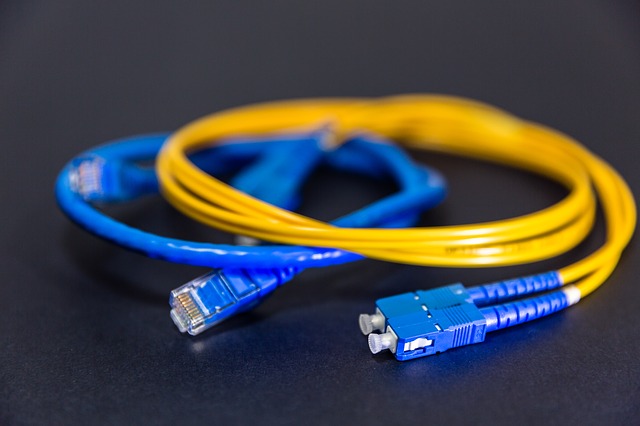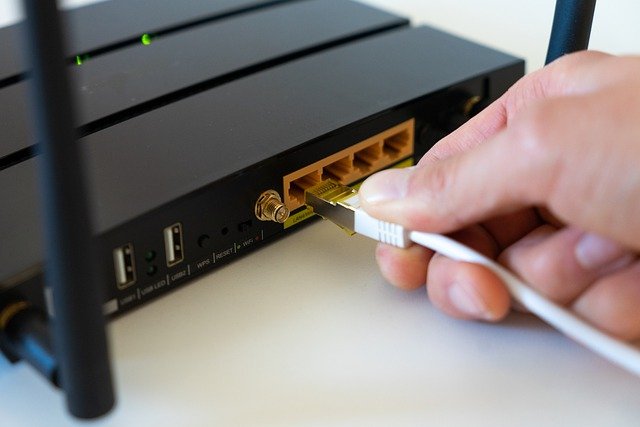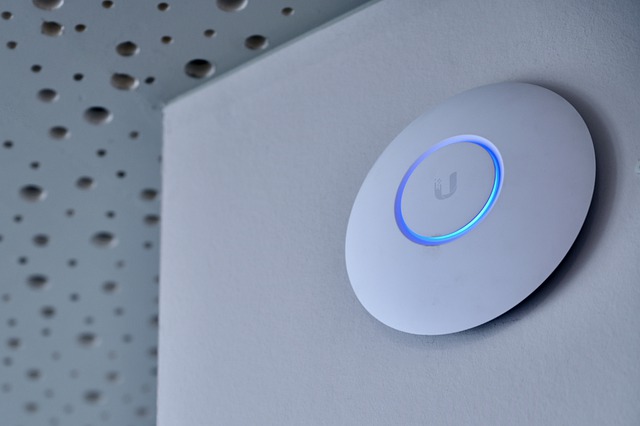Fiber optic equipment are essential elements for high-speed networks and these types of equipment need to be approved by the National Telecommunications Agency, Anatel, to be used in Brazil.
In this article, we will discuss the basic requirements for the approval of this type of equipment for use in the country.
Fiber optic equipment: What are they?
For a fiber optic network to work properly, it is necessary to invest in the purchase of equipment compatible with the service. After all, they will be the ones that will ensure a great connection speed, as well as support for simultaneous devices. See below.
Cable drop
It serves to give access to the network to the subscriber. This cable is composed of an ITU-T G.657A2 standard fiber, which has a curvature suitable for tight ducts.
CTO (Optical Termination Box)
It's equipment designed to serve multiple subscribers at once —up to 16 cells. It also supports optical adapters and can be installed with or without splitters.
Splitter
Passive component that serves to divide the optical signal. Thus, it allows the P2MP topology, which leaves the network with more capillarity and increases branching.
Fiber optic network connector
They act as the interface between the devices of an optical network and the fiber optic connection of a cable. In this sense, the connector connects the cables to splitters, adapters, ONUs and others.
Fiber adapter
Its function is to join two connectors, increasing the accuracy of the optical signal. They are also used in other network components, such as seam boxes and optical internal distributors.
ONT or UN
Optical Network Terminal or Optical Network Unit transforms the optical signal into electrical signals so that the customer can use the network.
Fiber optic equipment: Why you need Anatel certification

All equipment used in the field of telecommunications — those that use radio frequency, bluetooth or wi-fi — needs certification.
In this category, there are also devices that help in the operation of communication devices, such as cables and batteries. According to the agency, the certification serves to prove that such objects meet technical and quality requirements:
- operate at frequencies compatible with the Brazilian standard;
- not interfere with other regulated services, such as air traffic and cellular networks;
- introduce constructive characteristics that ensure the safety of users, reducing the chances of electric shocks, explosions, leaks of toxic materials and others.
Fiber equipment that requires anatel approval
According to Anatel's guidelines, all equipment involved in telecommunications must go through a process called homologation.
The approval ensures that the products marketed are in accordance with the minimum standards of quality, operation and safety required by Anatel.
All elements of the fiber optic network are within the definition of telecommunications products, so each of these elements requires approval separately from tests and standards defined by the Brazilian agency.
OCDs are independent bodies delegated by Anatel to conduct such processes, and assist manufacturers and importers to obtain homologation of equipment, such as fiber optics.
One of the most recognized OCDs currently is Master Certifications, which has been present in this market for more than 15 years.
Anatel divides products into different categories according to their purpose within the network, and the elements of a fiber network are included in categories I and III.
Fiber Optic Equipment in Category I
Category I encompasses products that are required to access telecommunications networks such as terminals, but also includes some cables.
The elements that belong to the fiber network that you will find in this category are passive optical equipment, such as optical network terminals known as ONT, as well as self-sustaining fiber optic cables – Optical Drop for 80 m spans, compact fiber optic cables for internal installation and microcables.
Fiber Optic Equipment in Category III
Category III is related to equipment that supports telecommunications services and ensures both its reliability and electrical safety, and electromagnetic compatibility.
The vast majority of fiber optic network equipment are listed in this category, which are:
- Splitters;
- Fiber optic cable;
- Self-sustaining aerial dielectric core fiber optic fiber optic cable;
- Optical Terrestrial Cables Marinized;
- OPGW cables;
- Optical terminal box;
- Connector for fiber optics;
- Splice set for optical cables;
- Optical fibers of types MM, SM, DS, NZD and BLI;
- Optical multiplex (WDM/CWDM/DWDM);
- Optical line termination (OLT) / Optical Network Unit (UN);
- Optical line termination with or without integrated multiplexer;
- Interface STM-1, 4, 16, 64 optical.
Although these equipments are grouped in the same category, Anatel establishes different parameters for approval of each element of the network described above.
The procedures are defined according to the technical specifications of the product and the OCD may provide detailed information on the tests required for the issuance of the certificate of conformity for your product.
Approval standards for fiber optic equipment
In general, the standards used by Anatel to evaluate equipment that is part of a fiber network follow a combination of international standards such as ITU-T, IEC, ASTM, and other standards established by Anatel itself.
Homologation process for Fiber Optic equipment

The approval process is initiated by the manufacturer or importer of the product in Brazil.
The first step to obtain the homologation of any equipment is the choice of an OCD, which is the body delegated by Anatel to carry out the product evaluation process.
The OCD shall indicate the specific tests necessary for the type of product, conduct the process and ultimately issue the certificate based on the tests conducted in a laboratory accredited by INMETRO.
Based on the technical specifications of the products, the OCD will recommend to the applicant one or more laboratories that may conduct the tests required by Anatel for product certification.
According to Brazilian regulations, most laboratory tests should take place in the national territory, but depending on the technology used or the equipment, the choice of the laboratory can be determined by the OCD.
In this way, the OCD will indicate the number of samples required for testing, and also any additional documentation to complete the approval process.
Based on the test results, the OCD will issue the Certificate of Conformity for the evaluated equipment and request the registration of the product in Anatel databases.
After these steps, the product supplier receives a final version of the Anatel identification seal and the approval code for the product marking.
Renewal of The Approval
The type-approval process is also conducted by the OCD, which will determine which documents and new tests will be required for the renewal process.
Generally speaking, category I fiber optic equipment must have its approval renewed annually, and category III should request renewal when there are changes in the hardware or technology of the equipment.
Obtaining homologation at Anatel
The company Master Certifications is an OCD delegated by Anatel to conduct the certification process for any equipment that requires homologation.
Thus, we deal with the entire process, from the request for documents to the issuance of the Certificate of Conformity.
How does Master help you with the homologation of fiber optic equipment?

Master Certifications specializes in helping foreign companies to bring their products to the Brazilian market in accordance with local regulations.
Therefore, we carry out certifications of hundreds of telecommunications products, including mobile phones and their components, broadband connection equipment, restricted radiation equipment and radio equipment.
For this, Master needs to follow a series of standards to attest that fiber optic equipment follows the technical specifications determined by Anatel. Want to better understand how we can help you in this process? Check below:
- Certificate of conformity: document issued by Master, which informs whether the product complies with Anatel rules;
- Type-approval certificate: Master forwards the product to the issuance of the type-approval certificate, following best practices;
- Certificate of Conformity Maintenance: The OCD guides the company to comply with all conformity assessment requirements in order to achieve a positive result;
- Preparation of technical testing requirements: Master guides the organization on information related to product testing and laboratory testing.
Conclusion
As you may notice, fiber optic equipment is critical to a network of the type to function properly. In addition, they also need Anatel certification to be properly marketed in Brazil.
Learn more and more from Master Certifications, read also about industry trends 4.0!
